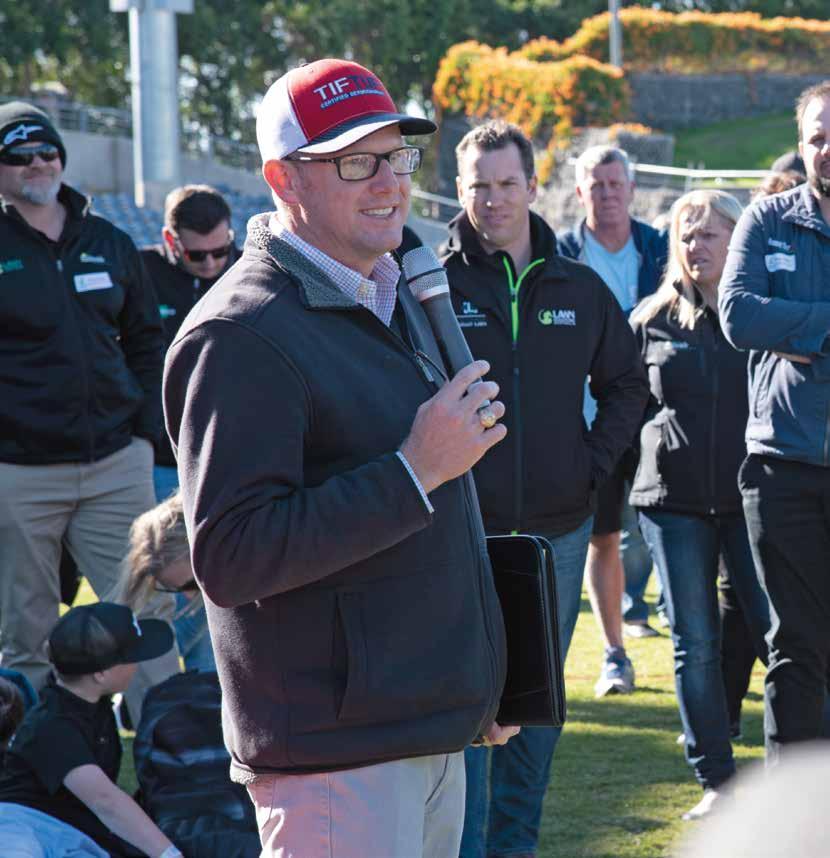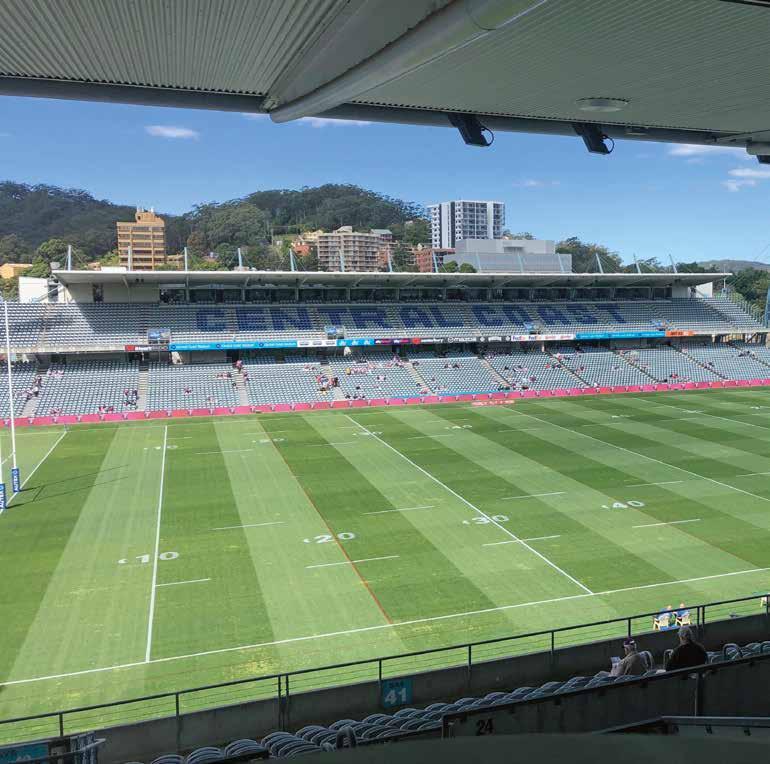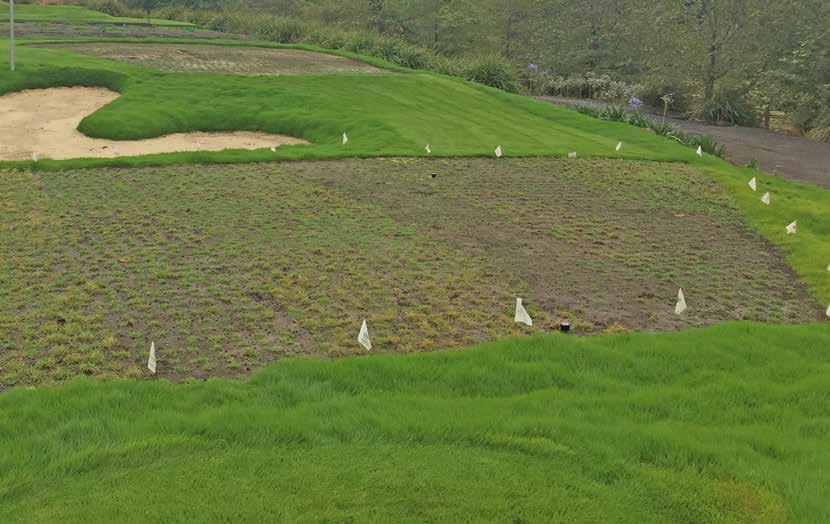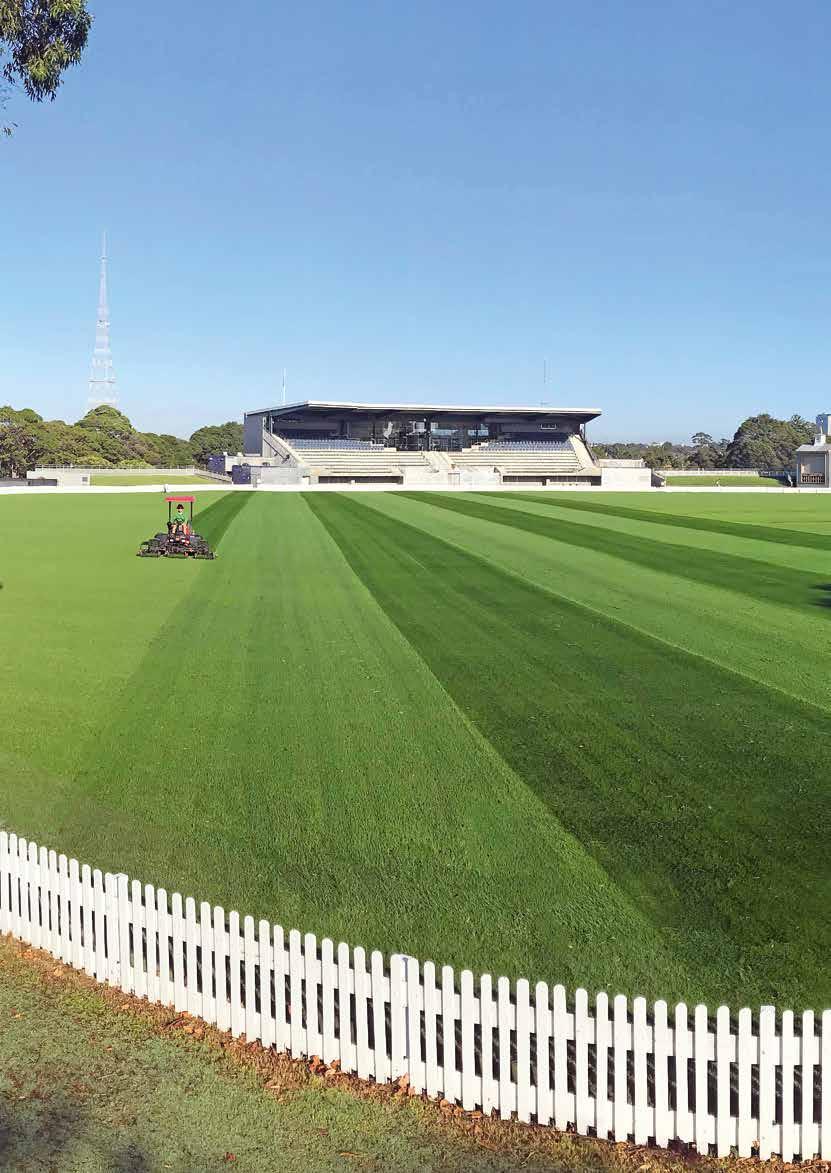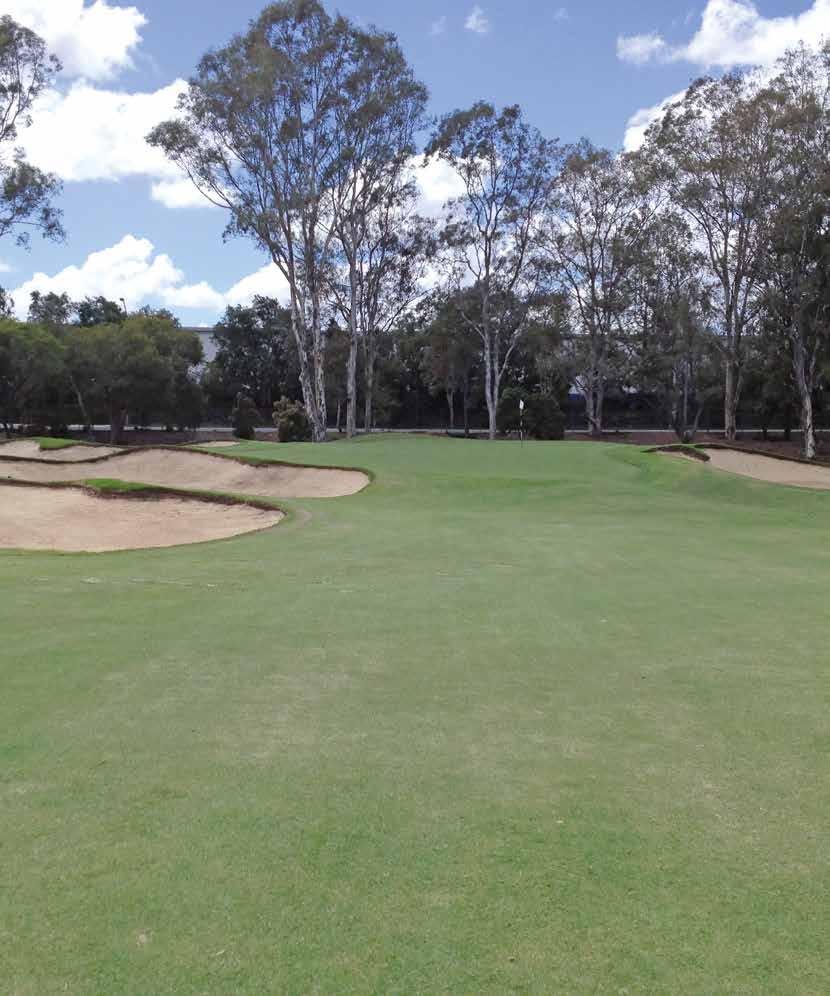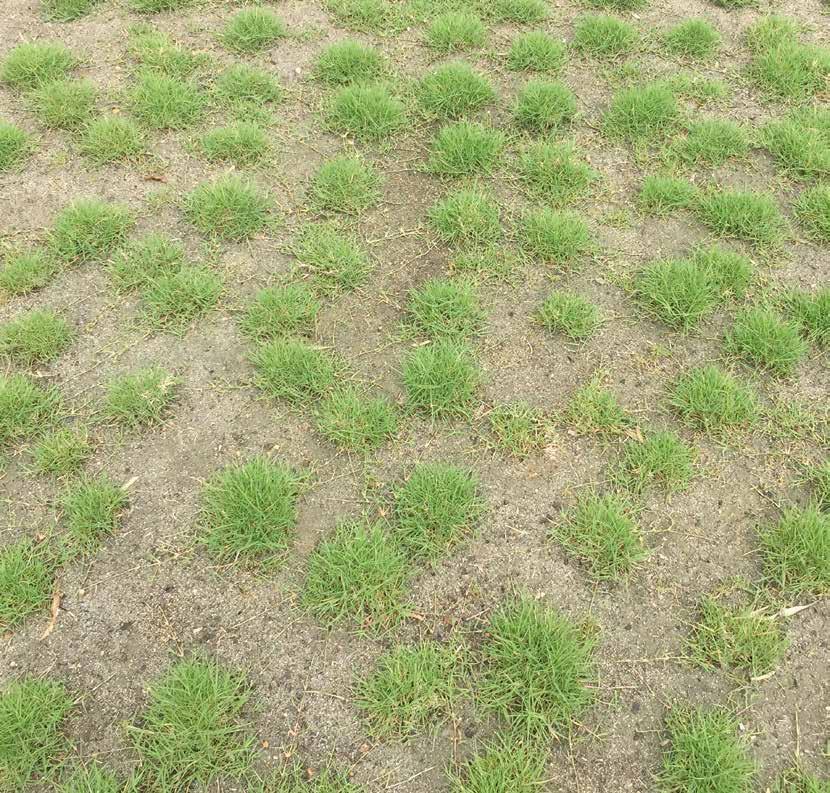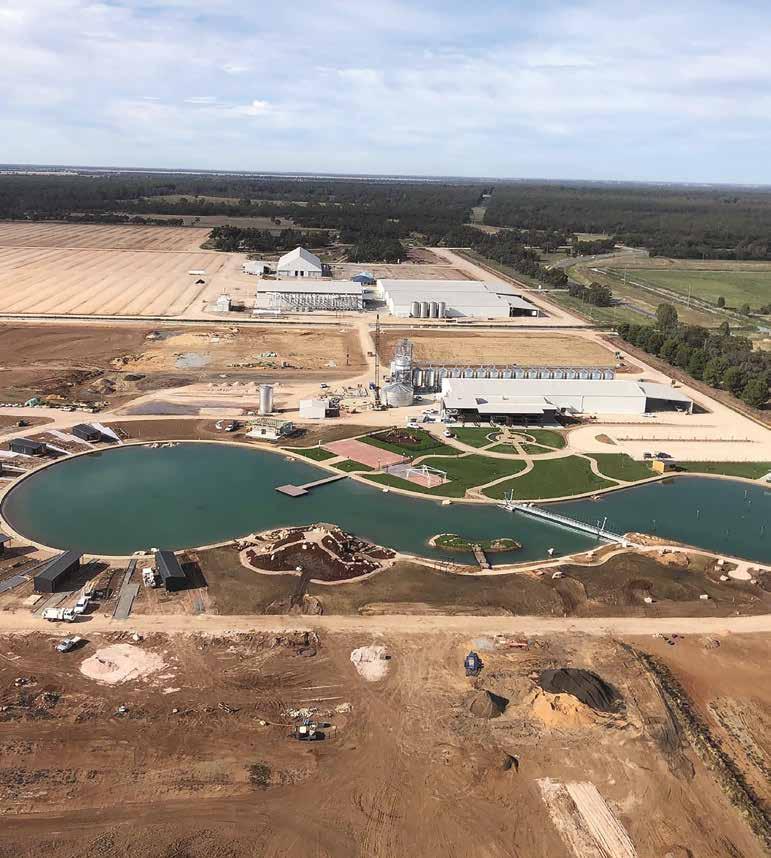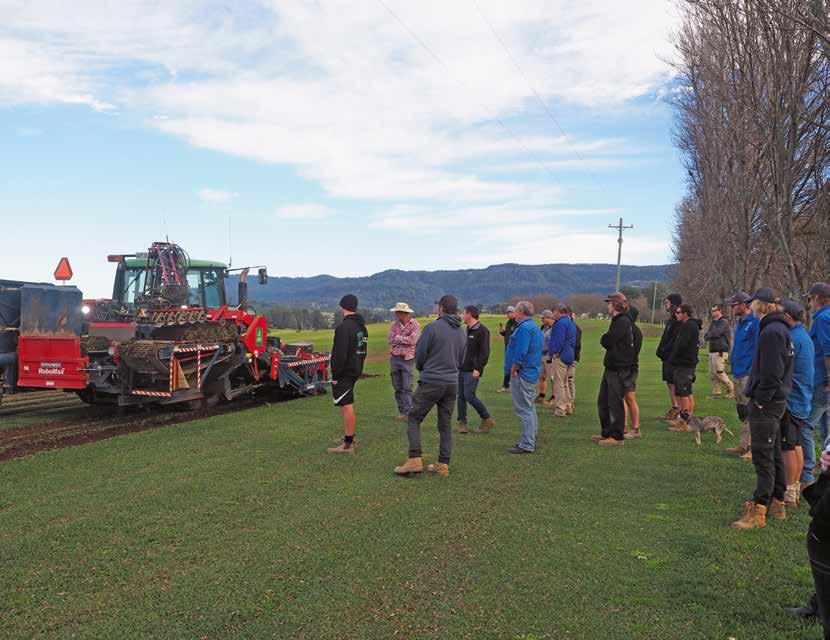
2 minute read
TURF REDUCING BUSHFIRE RISK
Living Turf Helping to Mitigate Bushfire Risk
Over the last 12 months there has been a lot of discussion around fire retardants and the best options to assist in reducing bushfire risk. Hort Innovation recently funded a project to conduct new research into the fire protection benefits of living turf as a component of landscaping – Conveying the benefits of living turf – a bushfire retardant.
Advertisement
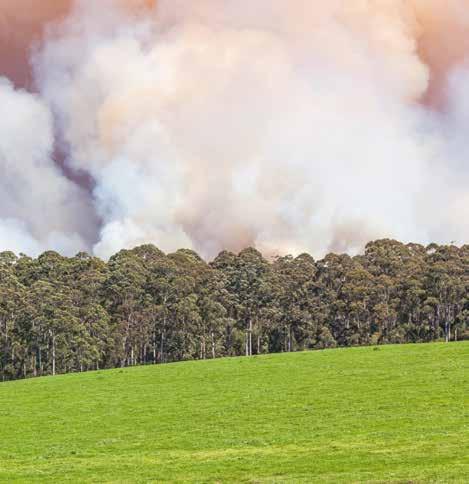
GHD and the CSIRO were commissioned to conduct this research with results showing ‘that well-maintained lawns are not readily combustible under any conditions associated with wildfires unless they are completely dead and have very low moisture contents.’
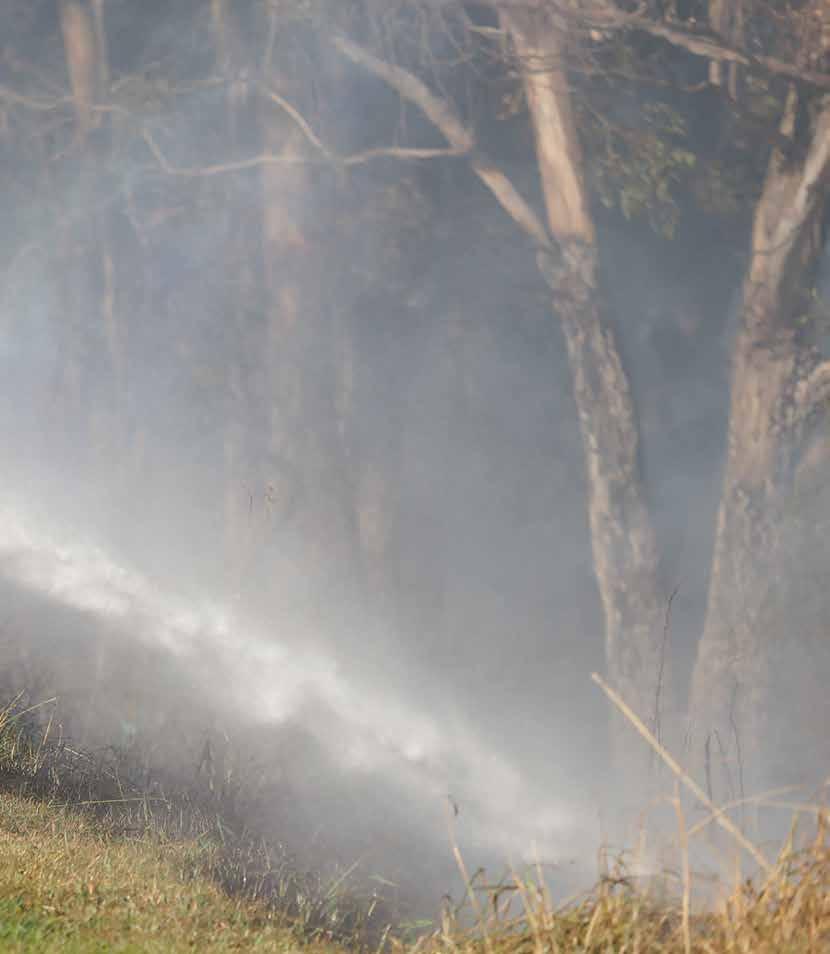
This is particularly important in bushfire-prone areas, where the surrounding vegetation has a substantial impact on the degree of bushfire damage incurred to a dwelling. When living turf is regularly mowed and in a healthy green condition it is highly resistant to ignition. Due to the high moisture content in the leaf blades, embers are typically unable to ignite the leaf unless there is prolonged exposure to the heat source long enough to reduce the moisture levels to a combustible state.
Federal MP for Macquarie, NSW - Susan Templeman recently contacted Greenway Turf in North Richmond to discuss these benefits and took the time to visit the Greenway Turf Farm. Ms Templeman discussed ways that the benefits of turfgrass could be promoted to the broader community. Greenway Turf also showed Ms Templeman turf variety TifTuf Hybrid Bermuda, which has the added benefit of using substantially less water than other turf varieties to maintain turf quality. The ability to stay green for longer in dry conditions means that TifTuf, the only Smart WaterMark Approved grass in Australia, has the perfect attributes required for minimising bushfire risk surrounding the home.
Ms Templeman will raise the importance of natural turfgrass as a fire retardant around homes to parliament during briefing time.
Ben Muscat from Greenway Turf Supplies in North Richmond believes it’s a great idea to use “a natural environmentally friendly ground cover like natural turf as a form of bushfire retardation”.
“The research shows, turf that is green and healthy and well maintained, create a fantastic natural fire barrier and are not readily combustible under any conditions associated with wildfires unless they are completely dead and have very low moisture contents,” he said.
“However, when it comes to healthy lawns in bushfire season when rainfall is minimised, I think Tiftuf is the natural standout here as it stays green when other grasses are brown through drought.
Mr Muscat said that the greener the grass stays, the better it is as a fire retardant.

